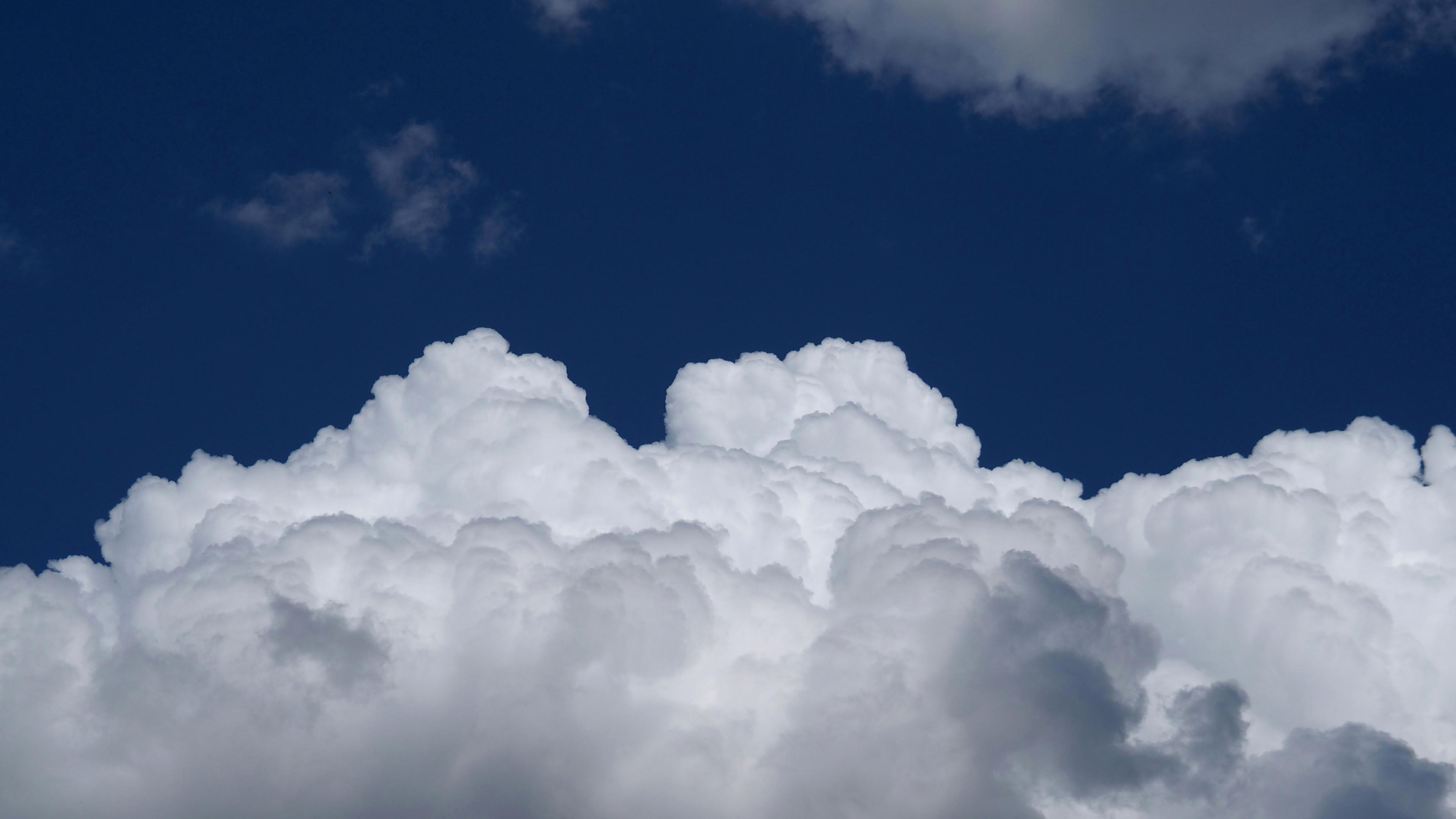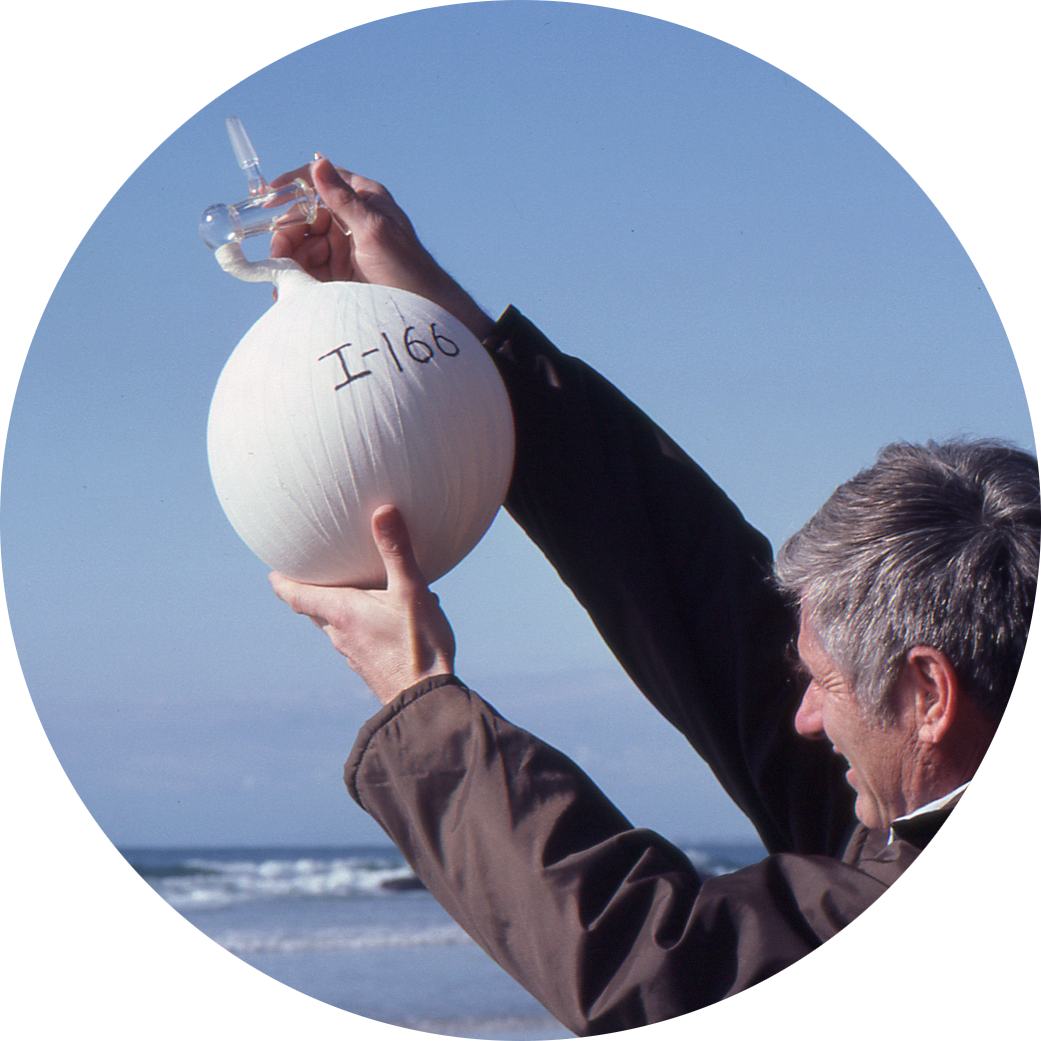
Scripps CO2 Program
This site provides access to products from the Scripps CO2 Program and serves as a tribute to its founder Charles David Keeling

The Scripps CO2 program was initiated in 1956 by Charles David Keeling and operated under his direction until his passing in 2005. It is currently being continued by Ralph F. Keeling, who also runs a parallel program at the Scripps Institution of Oceanography to measure changes in atmospheric O2 and Ar abundances (Scripps O2 Program).
Measuring atmospheric carbon dioxide (CO2) levels is essential for understanding the impact of human activities, especially the burning of fossil fuels, on climate change. CO2 is a major greenhouse gas that traps heat in the atmosphere, contributing to global warming. Regular measurements allow scientists to track long-term trends and seasonal cycles, revealing how much CO2 is absorbed by natural processes, like plant photosynthesis, versus added by fossil fuel emissions.
Current results, including data sets and graphics, are available here from the ongoing program to measure CO2 and chemical species.
Measurements of atmospheric CO2 concentration in our program began in 1957 at La Jolla, California and at the South Pole, and in 1958 at Mauna Loa Observatory. These measurements were gradually extended during the 1960's and 1970's to comprise sampling at an array of stations from the Arctic to Antarctica.
The primary (in situ) record from Mauna Loa Observatory, Hawaii is based on measurements made with an analyzer at the site. At all other sampling stations, the records are based on flask samples returned to our La Jolla laboratory for analysis. Flasks have also been redundantly collected at Mauna Loa. Isotopic measurements on flask samples of the 13C/12C and 18O/16O ratios of CO2, which we began in 1978, have gradually been expanded to include all stations where we measure the CO2 concentration.


An array of 11 active stations and 3 legacy stations situated along a nearly north-south transect mainly in the Pacific Ocean basin. The stations extend from the Arctic to the South Pole, at sites on land located as far as possible from biological activity and combustion of fossil fuels.

For more information about seasonal cycling, see Why are Seasonal CO2 Fluctuations Strongest at Northern Latitudes? and the article Insights from Time Series of Atmospheric Carbon Dioxide and Related Tracers (doi: 10.1146/annurev-environ-012220-125406).
Seasonal cycles of atmospheric carbon dioxide (CO2) vary by latitude, largely due to the photosynthetic activity of plants. In the Northern Hemisphere, CO2 levels peak in late spring and reach a low in late summer to early fall. This pattern reflects the seasonal uptake of CO2 by plants during their growing season and the release of CO2 when photosynthesis slows in winter. The amplitude of these fluctuations is stronger at higher northern latitudes and weaker closer to the equator. In the Southern Hemisphere, where there is less land area, the seasonal CO2 cycle is much weaker.
For daily updates of the CO2 Concentration at Mauna Loa Observatory, Hawaii, see keelingcurve.ucsd.edu
Measurements by the Scripps CO2 program are supported by the US National Science Foundation, by Schmidt Sciences and the Schmidt Ocean Institute, and by Earth Networks, a technology company that is collaborating with Scripps to expand the global GHG monitoring network.
In kind support for field operations is also provided by the National Oceanographic and Atmospheric Administration (NOAA), the National Science Foundation (NSF), Environment Canada, and the New Zealand National Institute for Water and Atmospheric Research (NIWA).